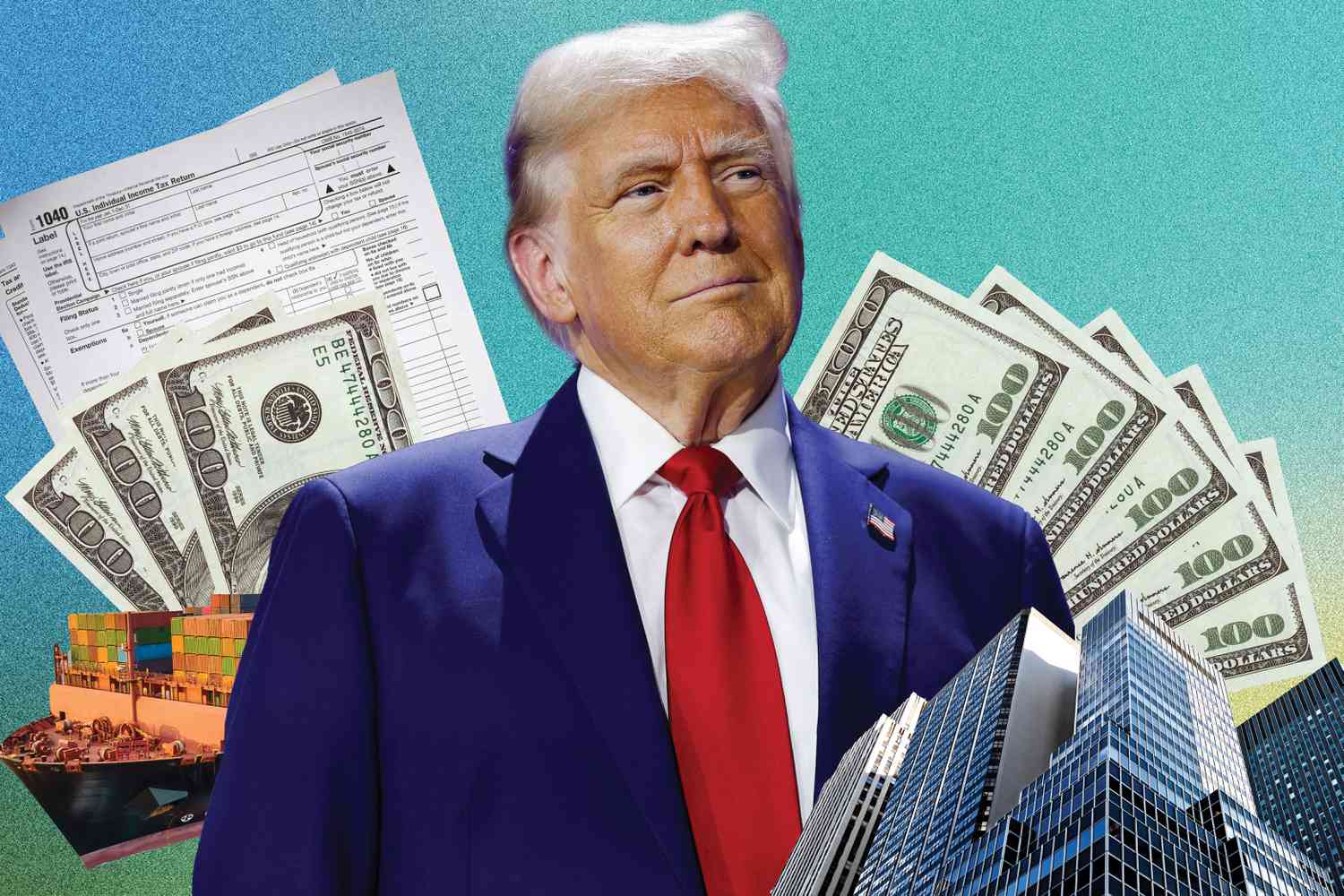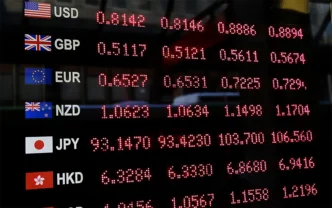Consumers frustrated by today’s high beef prices may need to brace themselves—because the real surge may still be ahead. Industry analysts warn that beef could become one of the most expensive household staples in 2026, with prices potentially rising as much as 60%. The reasons behind this looming spike are structural, not temporary, and they point to a deepening supply crisis that the cattle industry may struggle to reverse.
For households, restaurants, food producers, and global supply chains, the next year could reshape how beef is bought, sold, and consumed.
A Perfect Storm Is Brewing in the Beef Market
Beef prices have already climbed steadily over the past several years, driven by inflation, feed costs, and supply-chain disruptions. But those factors pale in comparison to the deeper structural forces now hitting the cattle industry.
Key drivers of the coming surge include:
- The sharpest herd decline in decades
- Severe droughts reducing grazing land and water availability
- High input costs for feed, fuel, and transportation
- Processing bottlenecks limiting slaughter capacity
- Export demand increasing faster than domestic supply
Taken together, these pressures mean one thing: there simply isn’t enough beef to meet demand—and the shortage is about to intensify.
The U.S. Cattle Herd Is Shrinking Fast
One of the most important factors behind the price surge is the size of the national cattle herd, which has fallen dramatically due to droughts, high costs, and ranch closures.
Cattle producers have been forced to:
- Sell off breeding stock
- Reduce herd expansion plans
- Shift to other, less expensive livestock
- Exit the industry altogether
With fewer cattle entering the supply chain today, fewer finished animals will be available next year—and rebuilding herds takes three to four years. The biological timeline of cattle production means there is no quick fix.
Drought and Climate Variability Are Making Ranching Harder
Large swaths of cattle country continue to experience water shortages and dried-out pastures. When ranchers can’t rely on natural forage, they must purchase feed—and feed prices have soared.
This creates a dangerous cycle:
- Feed becomes too expensive
- Ranchers downsize herds
- Fewer calves enter the pipeline
- Meat supply tightens
- Prices spike further
Even if rainfall improves, it may take years for pasturelands to fully recover.
Feed and Fuel Costs Are Rising Again
The cost of feeding cattle—particularly corn and hay—remains elevated. Meanwhile, transportation and fuel costs have climbed, adding pressure to every step of the supply chain:
- moving cattle from ranch to feedlot
- delivering feed
- hauling finished animals to processing plants
- distributing beef to retailers
Every increase ripples through the final price of steaks, burgers, and roasts.
Processing Bottlenecks Add Another Layer of Pressure
The beef industry already struggles with limited processing capacity. Large plants operate near full load, smaller plants remain fewer in number, and ongoing labor shortages continue to strain throughput.
When processing capacity is tight:
- slaughter volumes drop
- supply into the marketplace shrinks
- wholesale beef prices increase
- retail prices climb even higher
The bottleneck magnifies the effects of a shrinking cattle supply.
Export Demand Remains Strong
Even as domestic supply tightens, demand from global markets remains robust. Countries with rising middle classes continue to drive strong international appetite for U.S. beef, which is considered premium-quality worldwide.
When exports rise while domestic herds shrink, the U.S. market experiences faster price inflation.
How High Could Prices Go?
Based on current supply constraints and projected slaughter volumes, beef prices could rise 40% to 60% in some cuts, especially:
- ribeye
- tenderloin
- brisket
- ground beef
- premium steakhouse cuts
Ground beef, which once served as the budget-friendly option, may no longer stay immune. The price gap between premium and everyday cuts is tightening.
Restaurants—especially steakhouses, burger chains, and BBQ establishments—are preparing for dramatic cost surges.
Consumers Will Feel the Impact Across the Board
A 60% increase in beef prices would fundamentally change consumer behavior. Households may:
- shift to poultry or pork
- buy smaller portions
- opt for plant-based alternatives
- reduce dining out
- cut back on premium cuts entirely
Retailers will struggle to balance affordability and profit margins, potentially leading to product shortages or fewer promotions.
A Food System Under Stress
The beef price surge is part of a broader trend: a food system strained by weather, economics, global demand, and structural bottlenecks. Beef’s long production cycle makes it especially vulnerable to supply shocks.
If herd rebuilding begins next year, the earliest relief might come three years later. Until then, volatility is likely to continue.
Will Beef Be a Luxury Item in 2026?
It’s not an exaggeration to say that beef may begin to resemble a premium product, not an everyday staple. For many families, steak nights and weekend barbecues may become occasional indulgences. For restaurants, menu redesigns may be unavoidable.
Unless significant investment, policy support, and climatic improvements occur, beef prices could signal a long-term shift rather than a temporary spike.
Conclusion: A New Era for the Global Beef Market
If current trends continue, the coming year could mark a turning point for the global beef industry. A combination of drought, shrinking herds, high feed costs, supply-chain constraints, and strong export demand is creating one of the most significant supply shortages in decades.
Consumers will feel it. Restaurants will feel it. Ranchers, processors, and retailers will feel it.
Beef is entering a new chapter—one defined by scarcity and higher prices. And unless supply conditions dramatically improve, this may only be the beginning.














